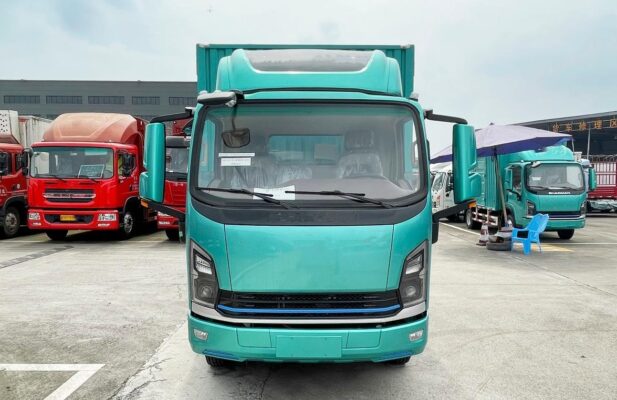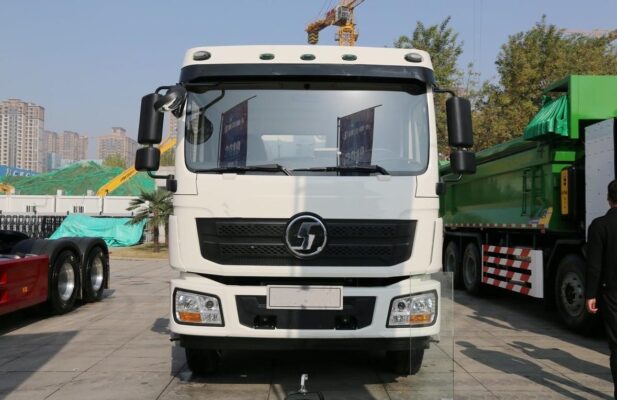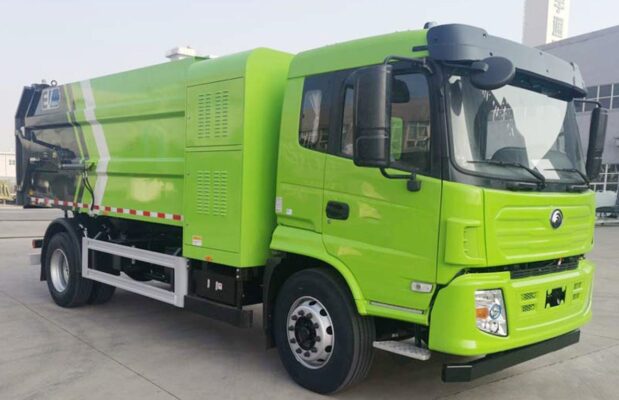Electric Truck News
What Is the Future of New Energy Pure Electric Vehicles?
New energy pure electric vehicles (EVs) are at the forefront of a transformative shift in the automotive industry, heralding a future that emphasizes sustainability and innovation. With advantages like zero emissions, reduced noise pollution, and high efficiency, these vehicles provide effective solutions to pressing challenges such as environmental degradation and the global energy crisis. This article explores the various dimensions of the future of new energy pure electric vehicles, highlighting current trends, challenges, and opportunities that lie ahead.
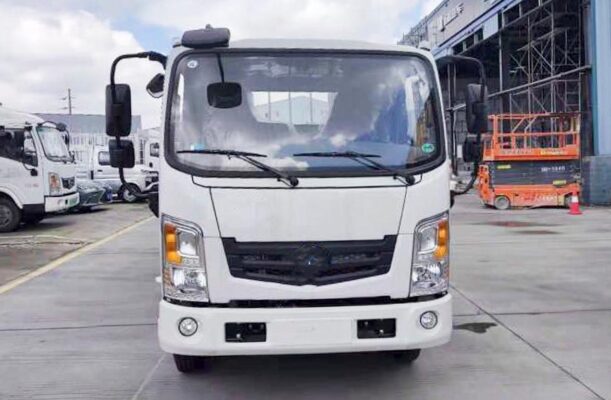
1. Current Market Trends for New Energy Pure Electric Vehicles
Sales of new energy pure electric vehicles are witnessing robust growth year after year. This upward trajectory can be attributed to several interconnected factors:
- Increased Environmental Awareness: As public consciousness regarding climate change and pollution rises, more consumers are opting for environmentally friendly transportation options. Electric vehicles, with their zero tailpipe emissions, align well with the aspirations of eco-conscious buyers.
- Government Support and Incentives: Many governments worldwide are actively promoting the adoption of new energy vehicles through subsidies, tax breaks, and infrastructure development. Such supportive policies significantly enhance consumer confidence in electric vehicles, leading to increased sales.
- Technological Advancements: Continuous innovations in battery technology have led to significant improvements in the driving range and performance of electric vehicles. Advances such as solid-state batteries and improved lithium-ion technologies have enabled manufacturers to produce vehicles that can travel longer distances on a single charge, making them more appealing to consumers.
- Growing Market Competition: As more automakers enter the electric vehicle market, competition has intensified. This competitive landscape encourages innovation and drives down prices, making electric vehicles more accessible to a broader audience.
2. The State of Charging Infrastructure
Despite the positive trends in EV sales, the development of charging infrastructure remains a significant challenge. Several key issues persist:
- Insufficient Charging Stations: While many governments are investing in the expansion of charging networks, the number of charging stations still falls short of what is needed to support widespread electric vehicle adoption. This shortfall can lead to “range anxiety” among potential buyers, who may fear running out of charge without nearby charging options.
- Uneven Distribution: The distribution of charging stations is often uneven, with urban areas generally having better access than rural locations. This disparity can deter consumers in less populated regions from considering electric vehicles as a viable option.
- Charging Speed and Technology: The pace of charging technology is evolving, with fast-charging stations becoming more common. However, the availability of high-speed chargers is still limited in many areas, which can hinder the convenience and practicality of electric vehicle ownership.
To overcome these challenges, it is crucial to invest in expanding and upgrading the charging infrastructure. Increased collaboration between governments, private enterprises, and utility companies can help create a more comprehensive network of charging stations, facilitating a smoother transition to electric vehicles.
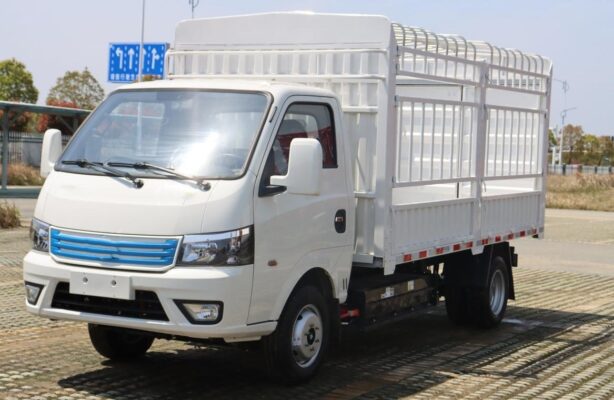
3. Price Comparison: New Energy Pure Electric Vehicles vs. Traditional Cars
The pricing landscape for new energy pure electric vehicles has been a topic of discussion and concern among consumers:
- Higher Initial Costs: Generally, the upfront cost of electric vehicles is higher than that of traditional internal combustion engine (ICE) vehicles. This price discrepancy primarily arises from the expensive batteries that power EVs. However, this situation is gradually changing.
- Decreasing Battery Costs: Advances in battery technology and economies of scale in production are driving down the costs of batteries. As manufacturers refine their production processes and materials, the price of electric vehicles is expected to decrease further, making them more competitive with traditional cars.
- Government Subsidies: Various government initiatives provide financial incentives for electric vehicle purchases, effectively reducing the cost burden for consumers. These subsidies can significantly lower the initial purchase price, making electric vehicles more attractive to potential buyers.
- Long-Term Savings: While the initial cost may be higher, electric vehicles typically offer lower operating costs compared to traditional vehicles. This includes savings on fuel, maintenance, and potential tax benefits, which can make electric vehicles a more economical choice in the long run.
As production costs continue to decline and consumer awareness increases, it is anticipated that electric vehicles will become increasingly accessible and appealing to a broader range of buyers.
4. Driving Range and Consumer Needs
One of the primary concerns for consumers considering electric vehicles is the driving range:
- Ongoing Improvements: The driving range of new energy pure electric vehicles has improved significantly in recent years, with many high-end models offering ranges exceeding 500 kilometers (310 miles) on a single charge. This development addresses one of the main barriers to electric vehicle adoption.
- Meeting Urban Usage Demands: Most urban commuters require only a fraction of this range for daily use, making even mid-range electric vehicles sufficient for everyday needs. The increasing range of electric vehicles aligns well with the demands of city dwellers who prioritize convenience and efficiency.
- Enhanced Charging Technologies: In addition to improved battery range, advancements in charging technologies are enhancing the usability of electric vehicles. Fast chargers and ultra-fast charging stations are becoming more prevalent, enabling consumers to recharge their vehicles quickly during short stops.
- Consumer Confidence: The combination of increased driving range and improved charging options contributes to greater consumer confidence in electric vehicles. As more people experience the benefits of electric vehicles, the market is likely to continue its upward trajectory.
5. Development Outlook for New Energy Pure Electric Vehicles
The future of new energy pure electric vehicles appears promising, with several factors contributing to their potential success:
- Mainstream Acceptance: As technology continues to advance, electric vehicles are likely to transition from being niche products to mainstream transportation options. Increased consumer acceptance will be driven by improvements in performance, affordability, and charging infrastructure.
- Sustainability Goals: With growing emphasis on sustainability and reducing carbon footprints, many governments and organizations are setting ambitious targets for transitioning to electric vehicles. This shift will further bolster the development and adoption of new energy vehicles.
- Innovation in Technology: Ongoing research and innovation in battery technology, materials science, and vehicle design will lead to electric vehicles with improved performance, safety, and efficiency. Breakthroughs such as solid-state batteries and enhanced energy storage solutions could revolutionize the industry.
- Global Collaboration: Collaborative efforts between governments, automotive manufacturers, and technology companies are essential for creating a supportive ecosystem for electric vehicles. This collaboration will facilitate the development of comprehensive charging infrastructure, battery recycling programs, and sustainability initiatives.
Conclusion
In conclusion, new energy pure electric vehicles are poised for a transformative future characterized by growth, innovation, and sustainability. Despite challenges related to charging infrastructure, pricing, and cold-weather performance, the ongoing advancements in technology and increasing consumer acceptance signal a promising outlook. As electric vehicles become more mainstream, they will play a crucial role in shaping a greener and more efficient transportation landscape, offering an effective solution to environmental challenges and contributing to a sustainable future.

